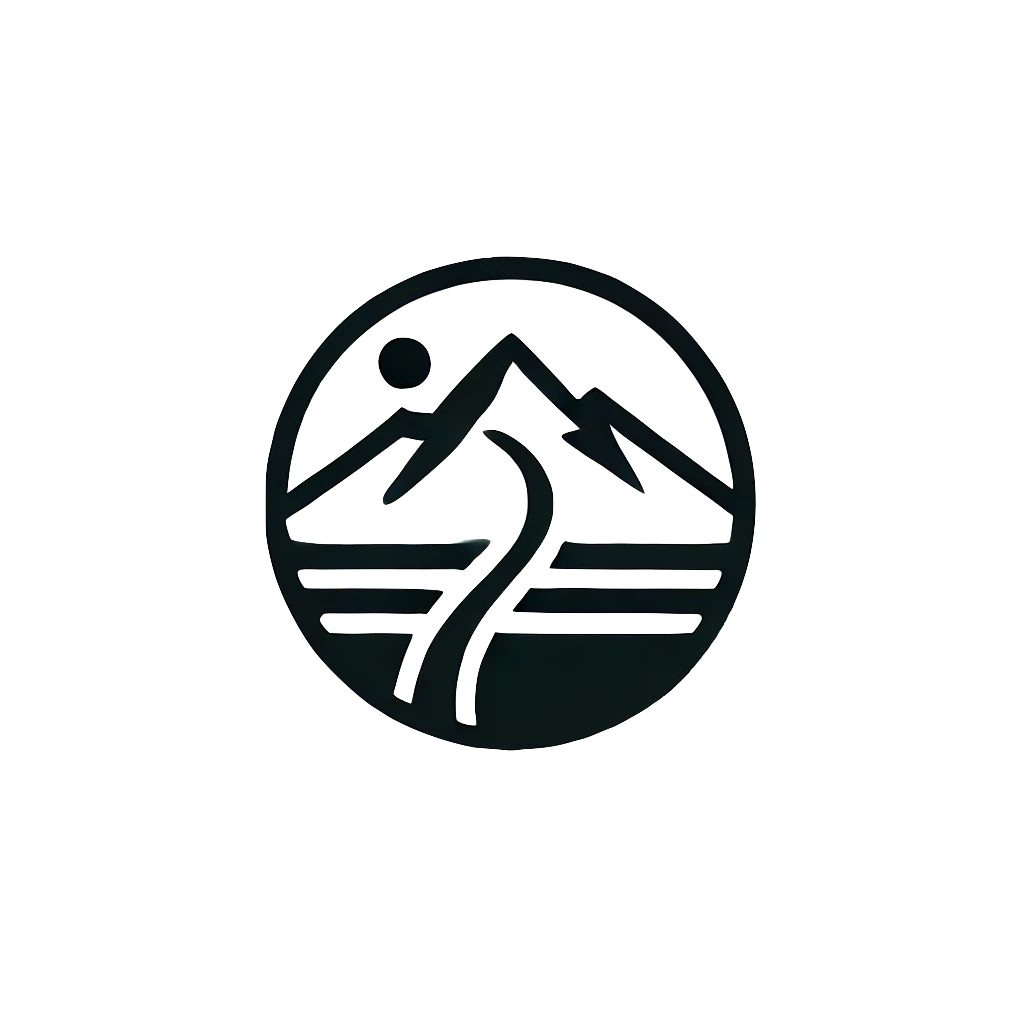The Path to Systematic Progress and Adaptation
Introduction: Back to Basics
Today is the first time I truly feel great again—free of any lingering traces of my recent infection. This is the perfect moment to calmly reassess how I want to move forward. I need a framework, not rigid plans, because those have often led me astray in the past. The Path to Systematic Progress and Adaptation.
Training should complement life, not become another source of pressure. Every decision—from workouts to recovery—needs to be grounded in what is realistic rather than driven by overcommitment or fleeting motivation.
Microcycles: Structure Without Rigidity
Breaking down training into microcycles provides a sense of direction while leaving room for flexibility. It’s not just about organizing time but also maintaining perspective on one’s ambitions. A plan must be adaptable; without this, it can lead to burnout, frustration, and—ultimately—interruptions in progress.
Example of a Microcycle Structure:
- Strength: Focused work on major muscle groups, 2–3 weeks of dedicated effort.
- Endurance: Gradual rebuilding of aerobic capacity, especially crucial after a break.
- Recovery: Not just “doing nothing,” but active rest—mobility, walking, stretching.
The goal isn’t to push hard and burn out in a month. It’s to maintain consistency, even at lower intensities, over the long haul.
Microprogress Mindset: Small Steps, Bigger Space
Right now, I’m working on the #50daysofmarginalgains challenge, and I can already see how small, daily changes are making a difference. Eating less processed food, drinking less coffee, increasing water intake, exercising regularly, fine-tuning my supplementation—all of it is beginning to fall into place.
There’s also a growing sense of order in my surroundings. I’m organizing things gradually, without overwhelming myself. Small wins, whether in training or life management, provide clarity and make space for aspirations. Microprogress is not just a strategy; it’s a relief.
Adaptive Planning: Flexibility Without Compromise
In the past, I struggled with compulsive planning. I did things “because they were on the schedule,” even when circumstances—or my body—clearly indicated I shouldn’t. This often led to overexertion, frustration, and, at worst, illness.
Now, I focus on an adaptive approach:
- Frameworks, not calendars: I know what I want to achieve, but I allow for adjustments based on how I feel each day.
- Knowing when to pull back and when to push forward: Not every day needs to be at 100%.
- Avoiding triggers: Random exercises with bands or rollers don’t add value if they aren’t part of a broader plan.
This shift requires self-awareness, but it helps prevent the mistakes of rigidity and compulsiveness.
Reflection on Goals: Balancing Realism and Aspirations
I’ve come to understand that goals are not dreams. Dreams inspire, but goals need to be realistic and integrated into daily life. Looking back, I see how some of my decisions were more wishful thinking than grounded in reality—like cramming multiple races and events into a calendar without the time or resources to prepare properly.
Key Lessons:
- Returning after a long break demands humility. It’s about rebuilding the foundation, starting anew, but with the advantage of experience.
- Instead of forcing myself into races like the GPK 23k, I’m choosing to rebuild slowly and use the fourth race in March as a realistic test of progress.
- Long-term goals, such as running 50k or ultras, remain part of my vision. But for now, I focus on steady work in the mountains, enjoying the process itself.
Conclusion: Continuity Over Intensity
I’m in no rush. That’s perhaps the most significant shift in my approach. I want continuity, regularity, and stability—in both training and life. It takes effort to resist shortcuts, but each day that ends with even a small step forward reinforces that this is the right path.


One Comment
Pingback: